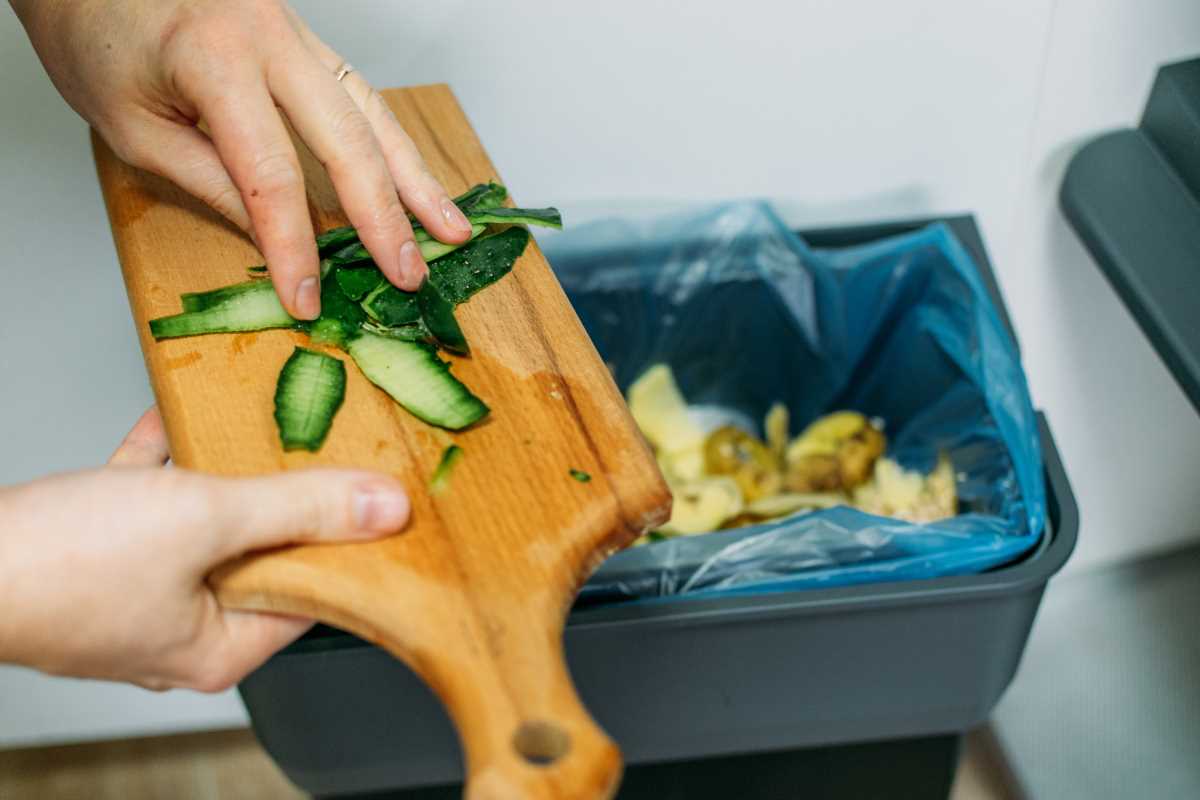Small towns and villages take pride in preserving their heritage while adapting to changing times. Residents focus on caring for the land and supporting local businesses, showing that earth-friendly living can be both practical and rewarding. Everyday decisions—like choosing local produce or conserving resources—help keep the environment healthy and the community strong. These efforts ensure that the beauty and values of rural life will continue to flourish, offering a secure and welcoming place for generations to come. People in these areas prove that progress and tradition can go hand in hand, creating a balanced and hopeful future.
People in the countryside are rethinking how they use resources like water, energy, and materials. Whether upgrading outdated systems or designing new projects, communities combine practical know-how with a love of their natural surroundings. This mix of creativity and care keeps local life lively and helps rural areas continue to grow in a balanced way.
What Is Sustainable Infrastructure in Rural Settings
Many small towns and villages reevaluate how they manage everyday needs such as electricity, water, waste, and transportation. They explore solutions that fit a smaller scale while respecting nature and local culture. These methods connect tradition with modern ideas, ensuring progress remains tied to the land and its people.
Local governments, community groups, and private investors collaborate to rebuild infrastructure that supports long-term well-being. Their efforts address environmental challenges, economic growth, and social benefits. With new systems in place, communities enjoy healthier surroundings and an improved quality of life, setting a practical example for other regions.
1. Investing in Renewable Energy Solutions
Rural areas are taking steps to generate energy from natural sources like the sun, wind, and water. Instead of depending on distant power plants, locals install solar panels and small wind turbines to serve homes and farms. These projects lower energy costs and emissions while giving community members control over power sources.
Local initiatives include setting up microgrids and community-owned energy companies. For example, a small town might operate a solar panel array on SunPower installations, which help direct excess electricity to nearby homes. Such projects establish a reliable energy network that benefits residents and protects the environment.
2. Upgrading Water and Waste Management Systems
Countryside areas need clean water and effective waste disposal to keep communities safe and functioning smoothly. Investing in updated water treatment and waste processing technology improves local output with fewer resources wasted. This keeps water clean for daily use and prevents harmful substances from polluting nearby lands.
Modern systems often use natural filters and bio-based processing facilities that require less mechanical work. These improvements save money over time and lessen the strain on local water sources. As rural communities update old methods to meet new standards, they create a cleaner and more resilient system for everyone.
3. Promoting Green Transportation Options
The roads in rural regions see changes as locals seek ways to reduce emissions and improve mobility. New transportation options offer cleaner travel and lessen dependence on fossil fuels. Many communities support bike-sharing programs, electric shuttle buses, and well-maintained pedestrian paths.
This emphasis on eco-friendly travel allows residents to commute daily while caring for their surroundings. The list below highlights common practices in rural areas:
- Electric car charging stations at community centers and stores
- Bike lanes carved out along major country roads
- Shared electric vehicle programs for local workers and seniors
- Enhanced public transit systems that connect small towns
4. Building Energy-Efficient Homes and Community Buildings
Constructing homes and public buildings with energy-saving features helps reduce energy use in every household and community space. New projects include better insulation and smart designs that lower heating and cooling costs. Rural builders often blend traditional styles with modern materials to preserve local character and increase efficiency.
Developers and homeowners employ several practical ideas to achieve energy efficiency. A numbered list of common solutions includes:
- Installing double-glazed windows and insulated roofing
- Integrating smart thermostats and energy monitoring devices
- Using recycled materials and sustainable wood brands such as Weyerhaeuser
- Designing layouts that maximize natural light and airflow
5. Fostering Community Engagement and Education
Local residents actively participate in designing projects that impact their daily lives. Community meetings and local workshops give citizens the chance to share ideas and learn about sustainable practices that meet their specific needs. These gatherings build a sense of responsibility and encourage hands-on contributions to local efforts.
Schools, local nonprofits, and government agencies collaborate to offer programs on energy-saving techniques and environmental stewardship. Such education includes practical sessions on water conservation and safe waste handling practices, helping everyone understand how small changes can lead to significant improvements over time. Connecting knowledge with action creates a living network that keeps the countryside informed and ready for future challenges.
The collective efforts across rural areas prove that everyday choices can strengthen community infrastructure. By adopting cleaner energy, better water management, efficient buildings, and smarter transportation, these regions set a strong example for sustainable living. Their initiatives show that positive change begins with a commitment to simplicity and caring for the land.
Rural communities show that small initiatives can achieve significant milestones, reflecting their unique cultures and benefiting both people and nature.
 (Image via
(Image via





